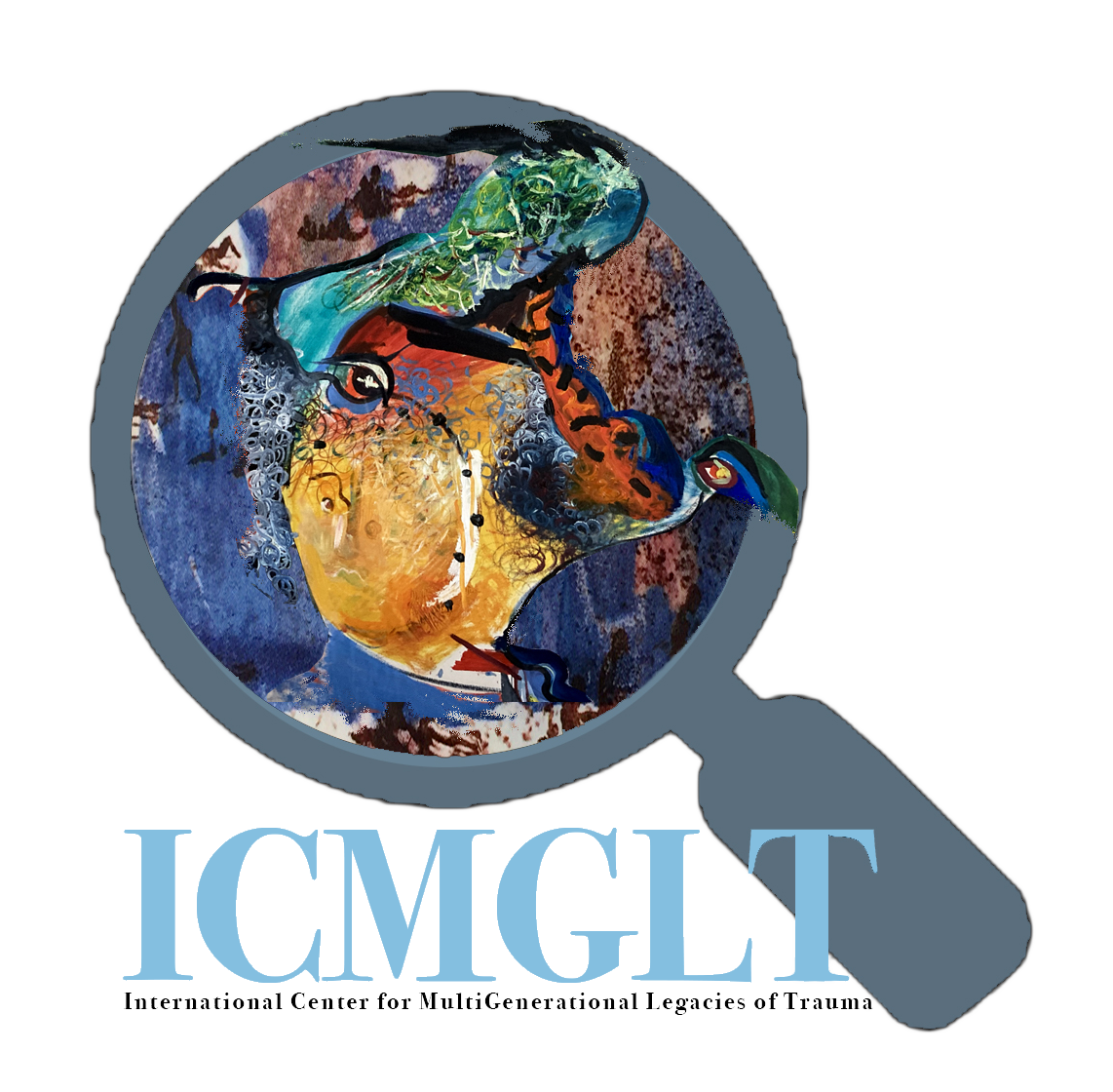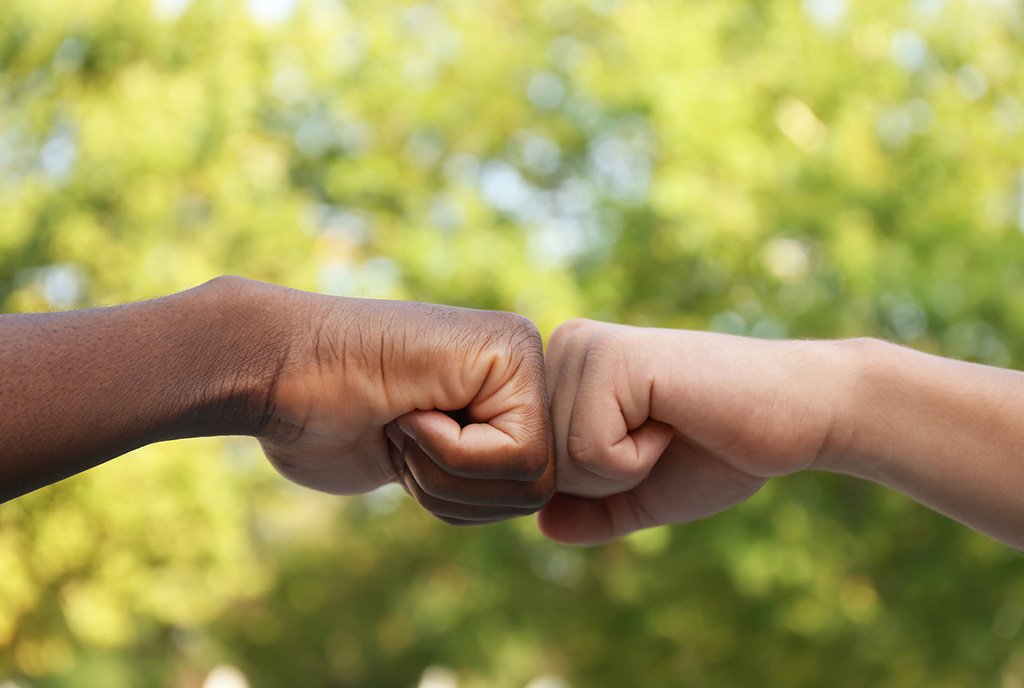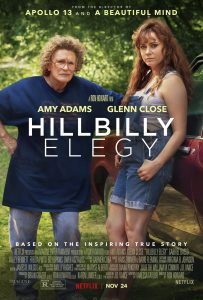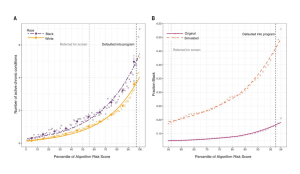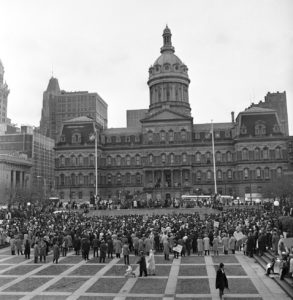In the 1960s and ’70s, the Black Panthers and the American Indian Movement(AIM)—two groups organizing against distinct yet interwoven histories of oppression—recognized their shared goals. They built an alliance grounded in reciprocity, mutual respect, and collective resistance to state oppression. As former AIM leader Dennis Banks reflected in Dodging Bullets: Stories from Survivors of Historical Trauma, “When they talked about their issues, we saw our issues.” This cross-community solidarity strengthened both movements, demonstrating that transformative change often emerges from understanding interconnected struggles.
Now, another set of struggles is emerging, this time around the Indigenous Land Back and Black reparations movements. In response, California has created two state commissions—the California Task Force to Study and Develop Reparations Proposals for African Americans and, for Indigenous communities, the California Truth & Healing Council.
Despite the complexities and new forms of economic and social injustice that add layers of challenge to building solidarity, Dr. Kyle Mays, author of An Afro-Indigenous History of the United States, reminds us that “solidarity requires intention, and often, just showing up for your comrades in their fight against repression is good enough.”
In the face of these enduring inequities, the looming question is: How will Indigenous and Black communities show up for each other this time?
Solidarity Is Not a Market Exchange
California now stands at the epicenter of two transformative, interrelated movements rooted in centuries of historical struggle. The call for Black reparations and the pursuit of Indigenous sovereignty and land return share a common thread: the need to recognize and remediate centuries of dispossession, violence, and structural injustice.
These modern efforts signal a growing and profound recognition of the need to address the enduring impacts of slavery, colonization, and genocide on both Black and Indigenous communities. While these movements have distinct legal frameworks and community priorities, they hold the potential for powerful alignment.
Yet, achieving reparative justice is inherently complex. It not only demands the alignment of the objectives of Black and Indigenous communities but also the cultivation of a solidarity narrative that showcases the interconnection between these efforts.
As historian Robin D.G. Kelley reminds us, “Solidarity is not a market exchange.” In other words, solidarity must be rooted in interwoven struggles and the deliberate nurturing of mutual care and understanding—to recognize their intertwined histories and futures.
Crafting Narratives of Liberation
Despite growing national attention, there remains a gap in how these movements are understood and perceived across the nation and within their primary base (Black and Indigenous communities).
In a recent narrative experiment conducted at the BLIS Collective, a nonprofit dedicated to sparking solidarity and alignment across Black, Indigenous, and economic justice social movement groups, and where we both work, we tested three pieces of content.
Over 2,000 people who self-identified as either Black or Indigenous were randomly assigned to watch videos with reparations and Land Back movement messages. One video was related to reparations for Black Americans, the second was about Land Back, and the third was a “braided narrative” about both movements. We aimed to measure baseline support, cross-movement solidarity potential, and political differences in receptivity. The braided narrative video proved the most effective at increasing support for both movements, underscoring the value of explicitly linking these efforts.
True solidarity must not be rooted in transactional gains but rather in a spirit of reciprocity—and the response to the braided narrative video offers hope that this is possible. When we take the time to show the nuance of Black and Indigenous history, we may be able to cultivate a shared vision of freedom that breaks silos, addresses historical erasure, and imagines what collective liberation looks like.
The interconnected work of California’s reparations Task Force and the Truth & Healing Council presents a critical opportunity to forge a coalition supporting systemic transformation in California and beyond. However, it is important to recognize a significant and complex difference between Black and Indigenous reparative and transitional justice in the United States.
The US Supreme Court has upheld the tenets of tribal sovereignty and recognizes tribes that have signed treaties with the United States as sovereign nations. Thus, Indigenous identity, especially for those belonging to federally recognized tribes, carries a complex political identity in addition to a racial one.
In contrast, policies aimed at addressing reparative justice and reparations for Black communities are currently facing legal challenges, mainly through claims they violate the Fourteenth Amendment—an ironic position given, as Justice Ketanji Brown-Jackson has persuasively argued, the purpose of the amendment was to enable race-conscious remedies for past discrimination. Still, this distinction creates steeper legal hurdles in securing reparations and justice for Black communities.
Notwithstanding these obstacles, by coming together, Black and Indigenous communities have an opportunity in California to push the nation to reckon with its history.
The California Reparations Task Force: Charting a Path for Black Reparations
When Kavon Ward and other Black advocates launched the Justice for Bruce’s Beach campaign on Juneteenth 2020 to demand justice and restitution for a family whose beachfront property was unjustly taken through eminent domain, it was just months before the California Task Force to Study and Develop Reparations Proposals for African Americans was officially established.
The task force, the first of its kind in the United States at the state level, is made up of nine commissioners assigned with investigating California’s role in slavery and perpetuating racial discrimination, and proposing ways to address the resulting and ongoing economic and social disparities.
In just over four years, the movement for reparations has grown exponentially, largely thanks to the work of organizers like Ward and others across the nation. The Bruce’s Beach campaign achieved a significant victory that few could have envisioned in 2020, leading to a unanimous vote by Los Angeles County to return the land to the great-great-grandsons of its original owners, Charles and Willa Bruce.
Following the success of the campaign, Ward founded and now leads an organization called Where Is My Land, an organization dedicated to helping Black American families “reclaim stolen land and secure restitution through traditional advocacy and digital amplification.”
In this role, she has navigated the complexities of advocating for land return to Black communities within the broader context of colonization and the millions of acres of land stolen from tribal nations and Indigenous communities.
“Our two movements are interlinked,” Ward said in a statement referencing the Indigenous-led Land Back movement. “In the future, I envision us coming together, realizing our shared goals of liberation, and releasing the visions that White supremacy has intentionally sowed against us.”
Ward’s comments highlight the growing recognition of the need for solidarity between the reparations and Land Back movements. This need has become more evident in the wake of several recent legislative proposals, influenced by the Task Force’s final report released in 2023, that were vetoed by Governor Gavin Newsom.
One bill, AB 3089, that was signed into law, mandated the state to offer a formal apology for its role in slavery and acknowledge the ongoing harm inflicted upon generations of Black Californians. James Woodson, executive director of the California Black Power Network and a member of the Alliance for Reparations, Reconciliation, and Truth (ARRT)—a coalition of statewide Black power-building and justice organizations—emphasized the need for further action following the passage of the bill.
“While we applaud the passage of AB 3089, it alone is not enough to repair the harm caused by California’s role in chattel slavery and its legacies,” Wood stated. “The apology bill’s passage is meaningful as a first step, acknowledging the harm before the work of repairing begins. But it is only the first step, and much more is needed if we are to deliver reparations for Black Californians truly.”
As California enters a new legislative session, reparations will remain a critical topic of discussion, now set to intersect more profoundly with issues of reparative justice for Indigenous communities, given the anticipated release of the Truth & Healing Council’s report in the summer of 2025.
The Truth and Healing Council: Restoring Justice for Indigenous Communities
In 2019, before the so-called racial reckoning of 2020 had captured the country’s attention, Newsom formally apologized to Indigenous communities in California for the genocide and cultural erasure perpetrated against them.
“We can never undo the wrongs inflicted on the peoples who have lived on this land that we now call California,” he said in a statement to the Sacramento Beesoon after signing the executive order that created California’s Truth & Healing Council, the only entity of its kind across the country.
The Truth & Healing Council aims to address the long history of dispossession, violence, and marginalization imposed on Indigenous people in California. The state is home to the largest Indigenous population in the United States, with over 100 federally recognized tribes and many more seeking recognition.
Recognizing historical injustices dating back to the Spanish mission system of the 18th and 19th centuries, the council has brought together tribal leaders, state officials, and community members to document and promote healing through truth-telling and reconciliation. This council is part of a larger effort to restore lands to Indigenous tribes, address systemic barriers to economic self-sufficiency, and create policies that adhere to and respect tribal sovereignty.
At the outset, Frankie Myers of the Yurok Tribe (and a member of the council) set the bar high, writing that the council’s findings “must find their way into museums, schoolbooks, legislative hearings, and dinner table conservations.”
The council is part of broader efforts to restore lands to Indigenous tribes, address and dismantle systemic barriers to economic self-sufficiency, and create policies that adhere to and respect tribal sovereignty—work which Corrina Gould, the tribal spokesperson for the Confederated Villages of Lisjan, and cofounder of the Sogorea Te’ Land Trust, describes as “thinking about the whole rather than the individual.”
The Land Back movement is gaining momentum at a time when greater attention is being given to the systemic removal of Indigenous children from their homes in the United States and beyond, a system that lasted for more than a century. These institutions, as infamously described by Richard Henry Pratt, founder of one of the most notorious boarding schools, aimed to “kill the Indian in him, and save the man.”
These often-overlooked stories are resurfacing in the public consciousness, highlighted prominently by the film Sugarcane, which premiered at Sundanceearlier this year. The documentary delves into the tragic story of the discovery of mass unmarked graves on the grounds of a Native residential school run by the Catholic Church in Canada. The film recently garnered the most nominations for the 2025 Critics Choice Awards—including in the categories of Best Political Documentary and Best True Crime Documentary—positioning it as a powerful narrative driver in the Indigenous justice movement.
According to the NDN Collective, an Indigenous movement infrastructure and power-building organization, the stories and campaigns that are coalescing within the modern Land Back movement represent more than the sum of their parts; it is a “political framework that allows us to deepen our relationships across the field of organizing movements working towards true collective liberation.”
Next year promises to be a pivotal moment for the movement, marked not only by the release of the California Truth & Healing Council’s final report but also by growing networks of solidarity. This period will see continued conversations, both in the United States and globally, about how we can collectively address and repair the lasting harms of colonization.
The need for solidarity between Black and Indigenous communities and for a new solidarity narrative has never been more pressing.
Toward a New Era of Solidarity
In the wake of an election that has called into question the strength of progressive multiracial coalitions—particularly on issues related to race, identity, and the economy—the need for solidarity between Black and Indigenous communities and for a new solidarity narrative has never been more pressing.
Over the last few years, grantmaking institutions like the Decolonizing Wealth Project and the Weissberg Foundation have funded both reparations and land reclamation projects and organizing. Supporting Black and Indigenous people, according to Leah Salgado, director of narrative power at the Weissberg Foundation, “inherently means supporting reparations and Land Back.”
Investments in Black and Indigenous organizations, especially those working to build solidarity around complex issues of land reclamation and Black reparations, is crucial at this pivotal moment.
Most Black-led and Black-serving organizations operate with annual budgets under $500,000, while less than 0.5 percent of philanthropic funding goes to Indigenous-led organizations. Salgado emphasizes that Weissberg views the movements for reparations and Land Back as deeply interconnected, stating, “both movements seek to uplift, repair, support, and empower—they are tied together and inextricably linked.”
While the histories may be interconnected, organizers across Black and Indigenous spaces state that their movements operate in silo, and bridging this gap will require significant trust building, resources, infrastructure, and strategy.
Key to that strategy is understanding where and how much solidarity currently exists between communities and movements. In our narrative experiment, as in other similar surveys, we found 76 percent of Black respondents supported reparations and 70 percent of Indigenous respondents supported Land Back.
However, we found an imbalance in cross-movement support: 65 percent of Black respondents expressed support for Land Back efforts, while only 37 percent of Indigenous respondents supported reparations. Many factors may contribute to this discrepancy; gathering data within Indigenous communities can be particularly complex. To better understand the drivers of this gap, we are conducting a larger-scale national research project currently underway.
As demonstrated in our initial experiment, an essential first step toward building a common solidarity narrative is to highlight their interconnectedness. George Galvis, executive director of the California-based Communities United for Restorative Youth Justice, underscored this by stating, “The journey of reparations and Land Back is rooted in a common pain, a common oppression, and most importantly, a familiar spirit. The future of California is Black and Indigenous.”
The coming years will test the validity of Galvis’s statement and our own hypotheses. By bridging the recommendations of the California reparations task force and the Truth & Healing Council, we can start to build a robust and replicable model of coalition building that charts a path toward a more equitable society for all.
Source: https://nonprofitquarterly.org/toward-solidarity-reparations-and-land-back-on-californias-horizon/
